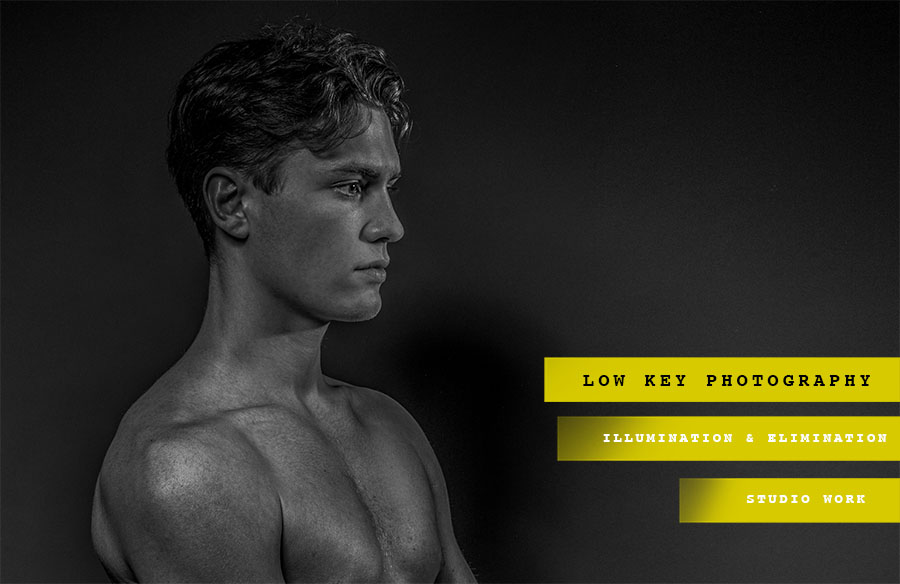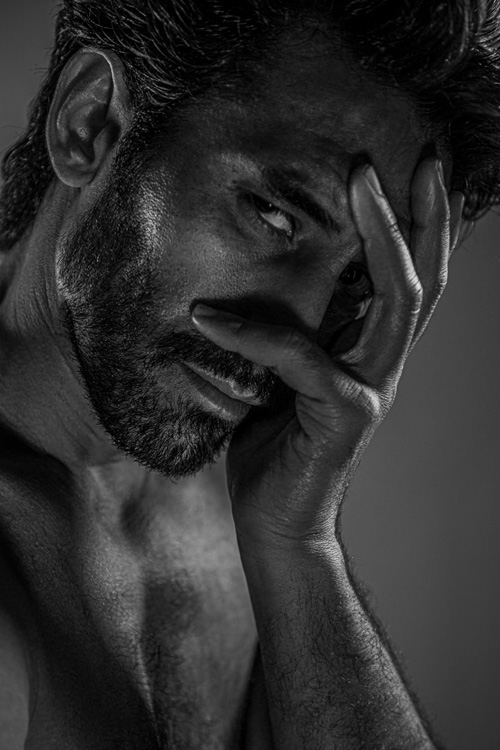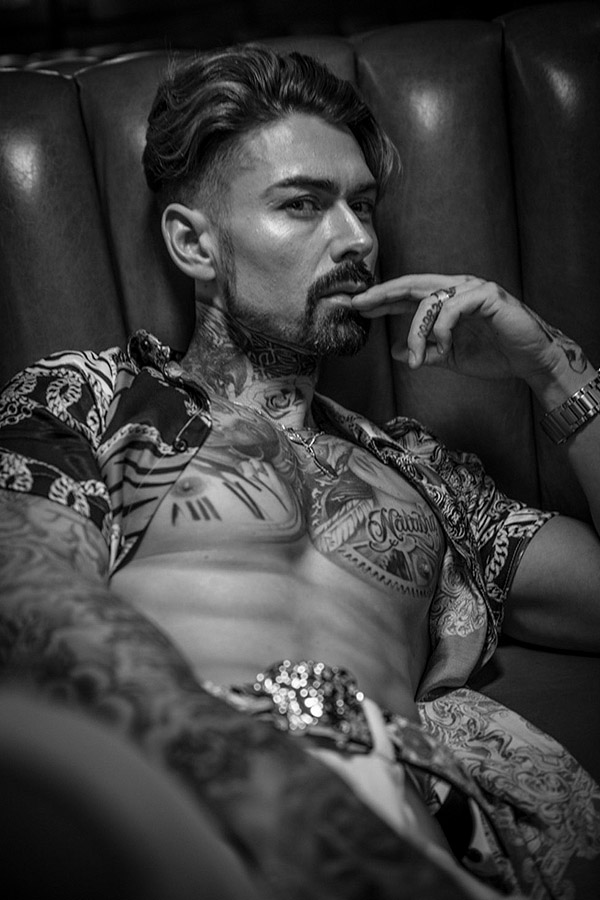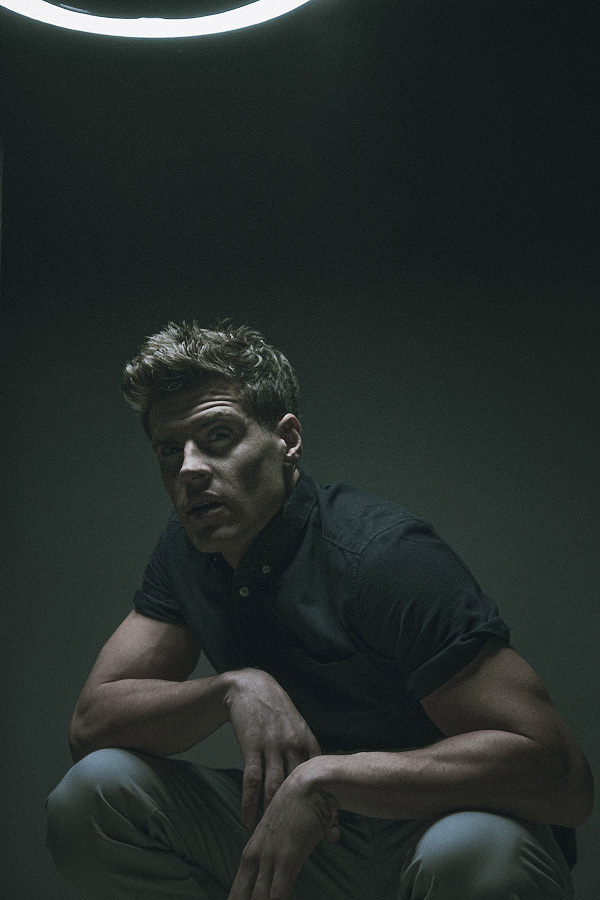Low key photography or lighting in a photograph refers to a photography style that utilises predominantly dark tones of shade to create a dramatic looking image that can stand out amongst others. High key lighting seeks to over light the subject to the point of reduced contrast, and low key lighting intensifies the contrast in an image through intensely reduced lighting. This style is often used in more of a fine-art portrait look for the muted colours and tones it conveys in monochrome and colour photography.
Low lighting does not always mean dark shadows but merely a much darker look to the overall image, normally when considering the final shot it is best to punch some type of light or reflection into the shadow area so in post-production the dynamic range can be pushed to give interesting and subdued details which will overall enhance the shot.
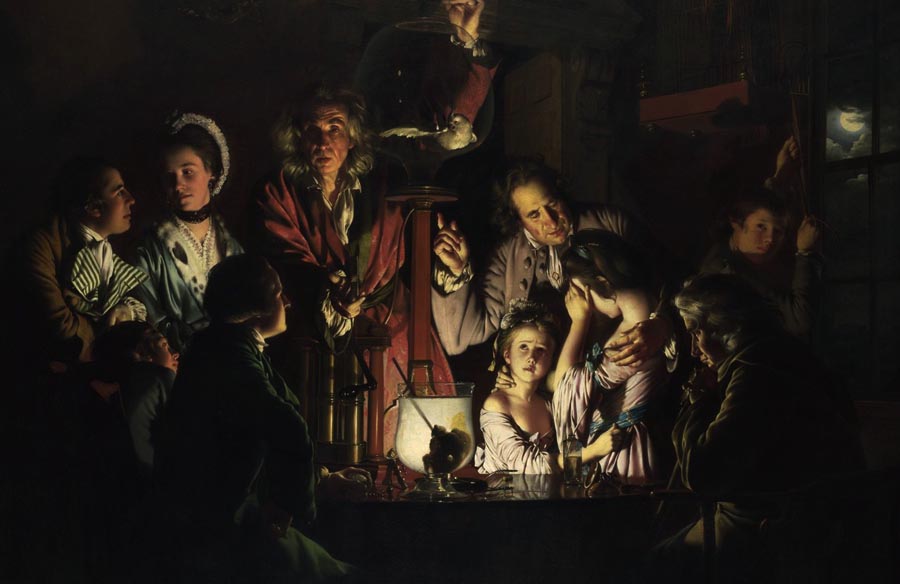
Artists recognized the power of low key lighting long before photographers came around. Painters during the Renaissance and Baroque periods often used a technique known as “chiaroscuro” to achieve a similar dramatic tone for their images. Chiaroscuro comes from the Italian “Chiaro” meaning clear/light and “oscuro” meaning obscure/dark.
Chiaroscuro was used not only for drama but also to bring realism to a painting. The varied lighting creates a sense of three-dimensional depth that can be quite stunning. This also relates to the style of lighting reflected in photography nowadays called Rembrandt lighting

With its moody, dark tones, low-key lighting is effective for drawing attention to the serious subject matter or the darker, emotional side to the story. Low–key lighting translates well into black and white and is also popular in portrait photography.
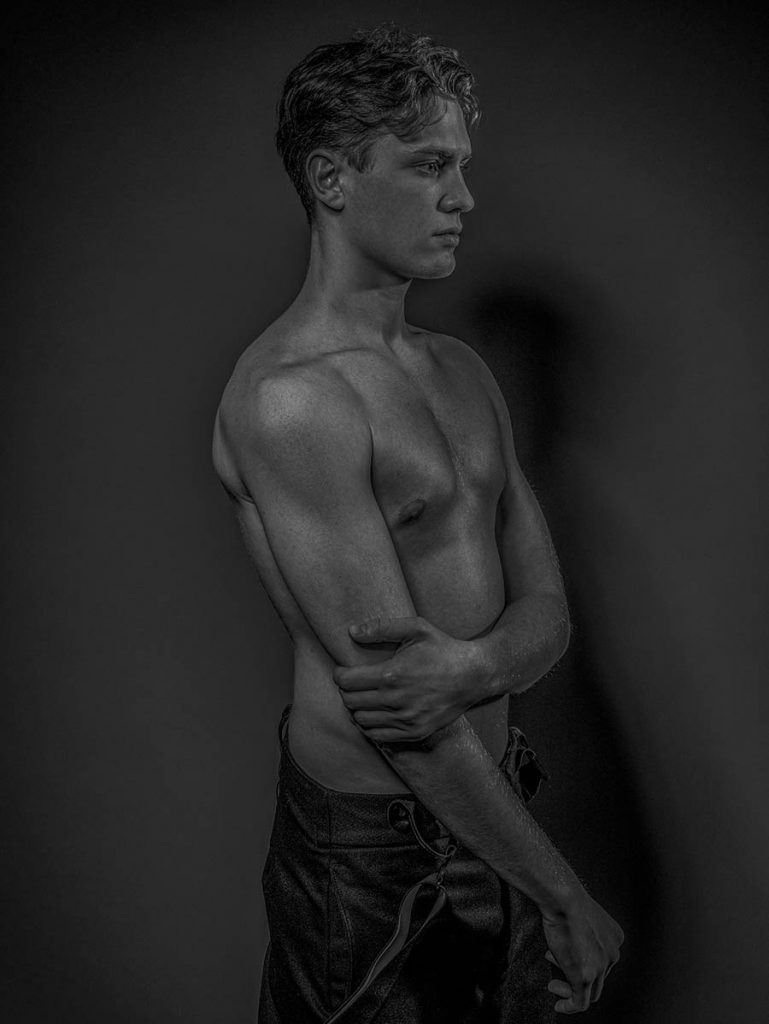
When shooting portraits of men or capturing fashion editorials for male magazines or look books, the low light photographic lighting really works well. It works well for women. When it comes to ideal camera settings for low key photography, keep your ISO as low as possible and aperture wide open. You can start by setting ISO to 100 or lower on your camera. This is critical because low ISO will make your image as dark and better still noise-free as possible. Try to combine with a tripod for the best results.
If you can control your camera well, then as I do, it is possible to handhold the camera and achieves the same effect. All were handheld with a faster ISO and broader aperture in the pictures below but controlled with a slight underexposure gaining a little more dynamic range and perfect for editing in Lightroom or Photoshop.
HALF & HALF LIGHTING
When lighting from the side, you will have to experiment with angles and reposition your light, depending on how it falls. If one side of your subject is entirely dark, this is called split lighting. Side lighting from both sides controlled produces dramatic effects and used in advertising and sport.
REMBRANDT STYLE
Rembrandt lighting, named after the Dutch painter, is where a light triangle falls on the subject’s dark side. This lighting style will also create a catch light in the eye of the darker side of the face, making the image look more effective.
CHIARASCURO
Low Key photography is exceptionally effective at emphasising texture, depth and contrast; consider nature shots, animal photography and portraiture shots. It can be used to emphasise textures such as hair or movement in the skin. Powerplay pictures.

